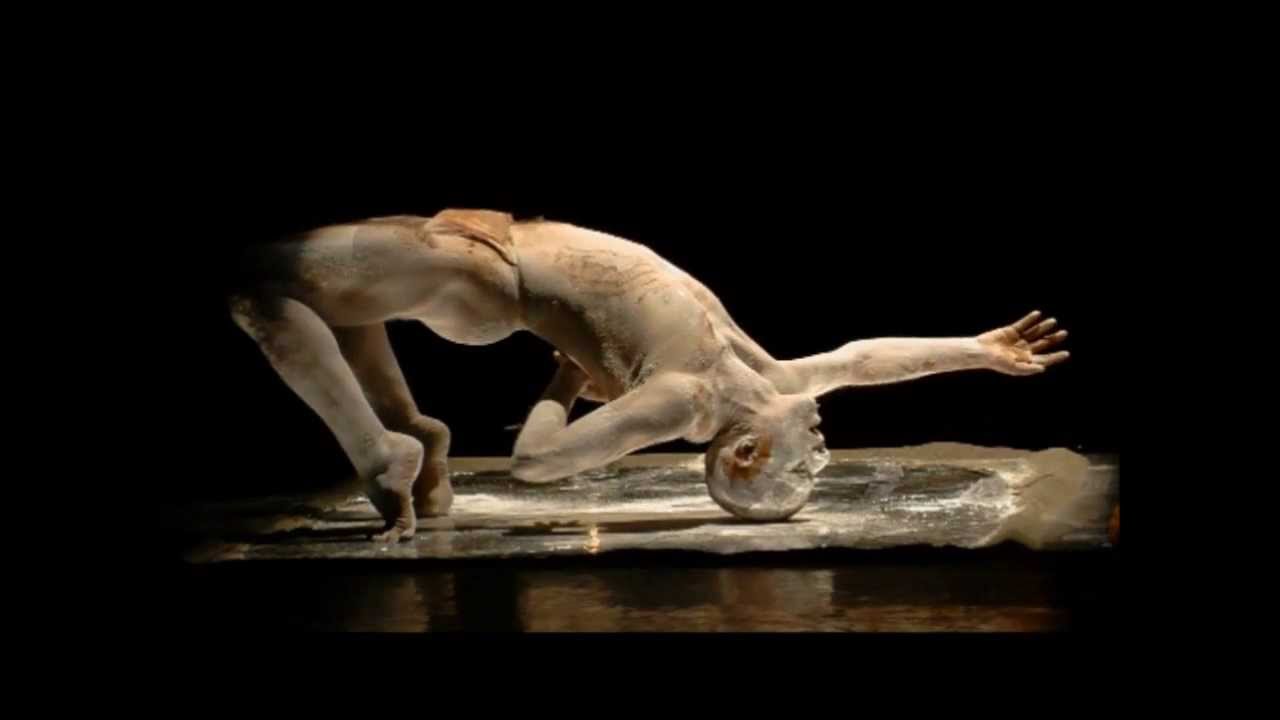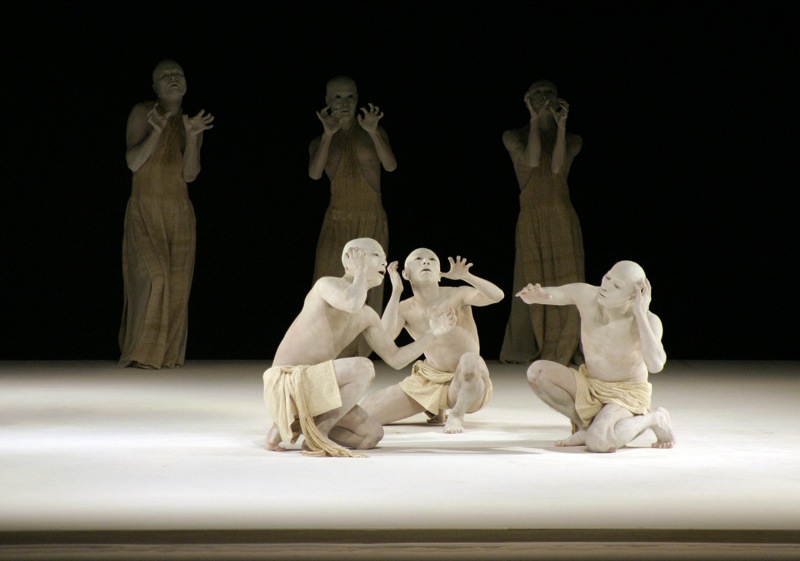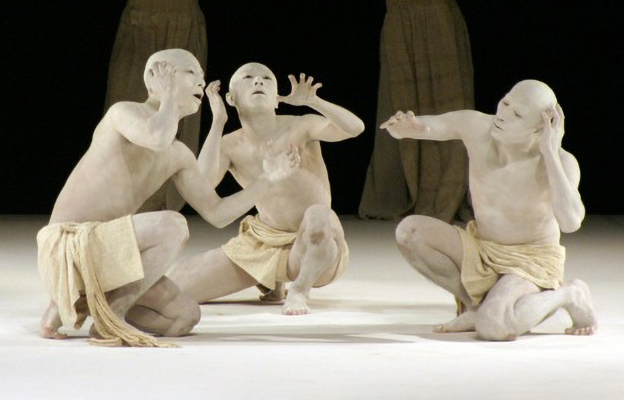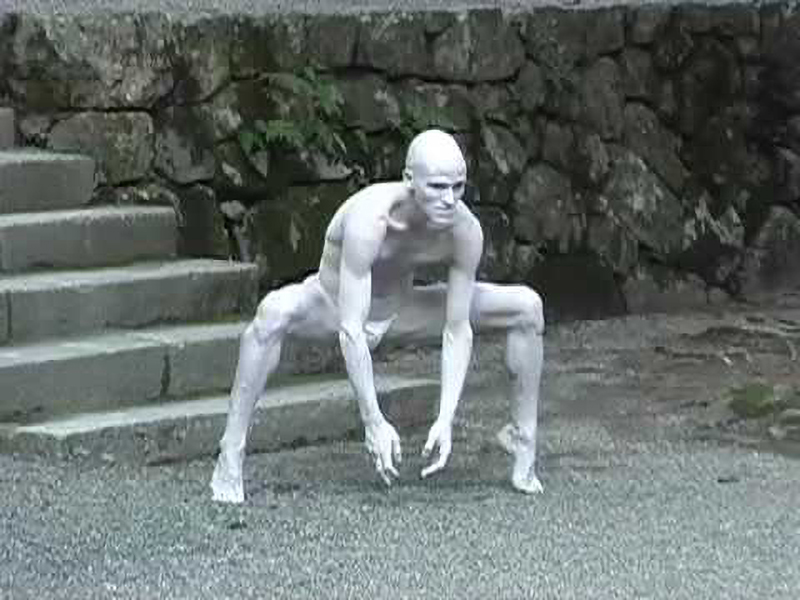The art of Butoh
- Claude Gauthier
- Dec 18, 2024
- 4 min read
Updated: Dec 22, 2024
Butoh is a form of Japanese body art that emerged in the 1950s under the leadership of artists Tatsumi Hijikata and Kazuo Ohno. Emerging in a post-war Japan, Butoh is defined as a rebellion against the artistic conventions and social norms of the time. It combines dance, theater and performance, exploring the depths of the human soul and primordial emotions.
Visually, Butoh is distinguished by slow, sometimes jerky movements, often imbued with dramatic intensity. The performers embody extreme states, oscillating between suffering, ecstasy and the grotesque. The body becomes an instrument of raw expression, stripped of traditional aesthetics of grace.
Philosophically, Butoh draws on universal themes such as death, rebirth, memory and transformation. It also reflects the contradictions of the human condition: beauty in chaos, life in destruction. Often improvised, it invites dancers to connect with organic impulses, creating a unique experience with each performance.
At the crossroads of Japanese traditions and the Western avant-garde, Butoh transcends cultural boundaries, offering a deeply visceral and universal artistic language.
The aesthetics of Butoh
Butoh's aesthetic is both minimalist and deeply expressive, distinguished by visual and bodily choices that depart from classical dance conventions. Dancers often wear bleached skin, covered in powder or paint, which gives them a spectral and timeless appearance. This whiteness symbolizes both neutrality, the erasure of individual identity, and a connection to universal or spiritual forces.
The movement in Butoh is deliberately slow, fragmented and imbued with a palpable tension. The gestures, sometimes jerky or exaggeratedly contorted, evoke metamorphoses, suffering, or trance states. The bodies often seem heavy, pulled towards the earth, recalling an existential gravity or a struggle against invisible forces.
Facial expressions, meanwhile, oscillate between total immobility and extreme grimaces, exploring emotions such as fright, ecstasy, or the grotesque. The performers' gazes, often fixed or empty, contribute to the enigmatic and disturbing aura of the art.
Costumes and accessories, if used, remain simple or symbolic: frayed fabrics, masks, or natural elements (branches, earth). The lighting is often dark, playing on shadows and creating a mysterious atmosphere, reinforcing the introspective and dreamlike character of Butoh.
Understanding Dancers' Emotions
Interpreting emotions in Butoh requires an open mind and a willingness to feel beyond traditional emotional codes. Unlike classical or theatrical dance forms where emotions are explicitly defined, Butoh communicates through bodily states and symbolic images that evoke emotions that are often ambivalent, complex or primordial.
Feeling rather than understanding
The viewer is invited to directly feel what emanates from the movements, expressions and atmosphere. Emotions are not necessarily "played" by the dancer but emerge from a deep inner state, often resulting from an exploration of memories, instincts or fundamental drives.
Reading body language
Butoh bodies do not seek to seduce or appear graceful. Their slowness, contortions, or stillness can express universal tensions: struggle, pain, abandonment, or transformation. A frozen posture can evoke inner agony, while a jerky movement can convey emotional chaos.
Connect to symbols
Butoh often uses visual metaphors: a crawling dancer can symbolize birth or a struggle for survival, a face twisted with grimaces can represent raw emotions such as terror or madness. These images suggest deep human states, often shared on a subconscious level.
Leave room for ambiguity
Butoh does not offer a univocal reading. The same performance can evoke different emotions depending on the spectator's personal experience. The ambiguity is intentional, allowing each person to project their own impressions.
Thus, interpreting emotions in Butoh requires letting oneself be carried by the experience and accepting an emotional truth that goes beyond words or linear narratives.
How to get inspired by Butoh in photography?
Here are some ideas for exploiting these emotions through photography:
Dive into the world of Butoh
Understanding the philosophy and aesthetics of Butoh is essential to immerse oneself in its essence. By attending rehearsals or talking to the performers, the photographer can capture the intentions and emotions that the dancers seek to express, which will guide his or her creative choices.
Playing with light and shadows
Butoh is often associated with a dark and dramatic atmosphere. The use of contrasting lighting, with marked shadow play, can intensify emotions, highlighting facial expressions, body contours or extreme postures. Subdued or directional lighting can create a dreamlike or mysterious atmosphere.
Capturing stillness and movement
Butoh's slow pace and frozen postures are perfect moments to freeze powerful images. Jerky movements can be exploited with techniques like motion blur or longer exposure times to symbolize chaotic energy or metamorphosis.
Explore angles and framing
Tight framing of a twisted face or a detail of the body (clenched hand, foot on the ground) can emphasize emotional tension. Conversely, wide framing integrating the environment allows to show the solitude or isolation often evoked in Butoh.
Exploiting textures and materials
White makeup, unstructured clothing and natural elements often present in Butoh (earth, water, branches) provide textures that amplify the intensity of the photos. The photographer can play on these elements to accentuate the contrast between the human body and its environment.
Be receptive to the moment
Butoh is an unpredictable and organic dance. The photographer must be attentive to the moments when emotion reaches its peak, whether in a facial expression, a dramatic pause or an unusual posture. Anticipating these moments requires an intimate connection with the dancer and the performance.
By combining these technical approaches and a sincere empathy for the art of Butoh, a photographer can create images that transcend mere documentation and become works in their own right, charged with meaning and emotion.



















Comments